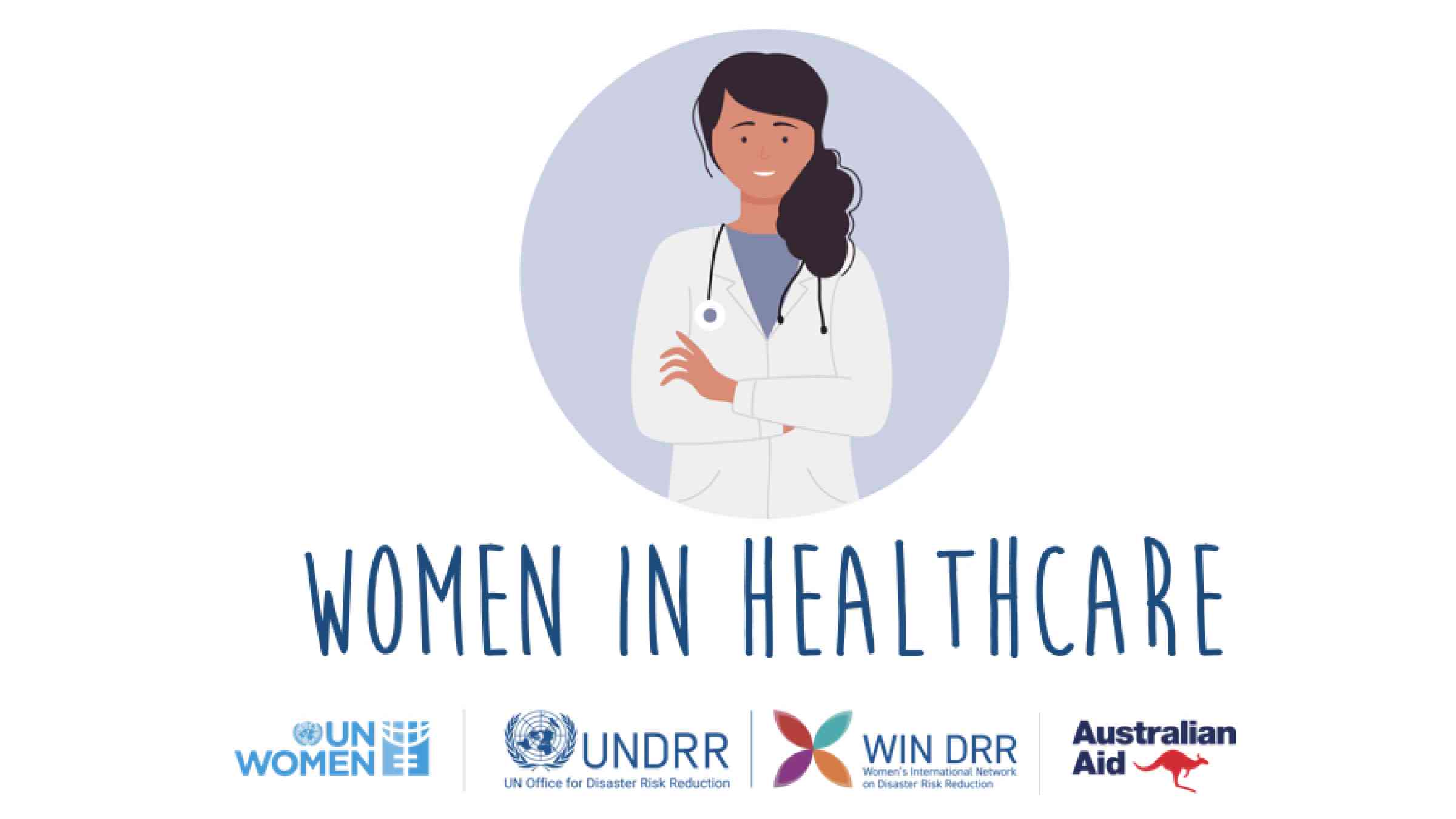Why Healthcare RCM is Essential for Financial Health in Medical Practices
Why Healthcare RCM is Essential for Financial Health in Medical Practices
Blog Article
A Comprehensive Guide on How Health Care RCM Works to Simplify Invoicing and Collections
Navigating the complexities of health care earnings cycle management (RCM) is critical for companies intending to boost their invoicing and collections processes. The guide unloads the details of RCM, from patient registration to accounts receivable administration, using understandings right into maximizing each step.
Understanding Income Cycle Administration
RCM is an important administrative feature that includes the entire financial procedure of individual care, from the first consultation setting to the final payment of the balance. It is an intricate treatment developed to identify, accumulate, and handle the revenue from the solutions offered to patients.
The RCM procedure begins when a person routines an appointment and expands with the patient's treatment journey, consisting of billing and collections. A vital goal is to lower the time between giving a service and obtaining payment, therefore boosting the organization's economic health and wellness. RCM entails various features such as individual enrollment, insurance coverage confirmation, charge capture, coding, declares entry, payment publishing, and taking care of denials and charms.
Trick Parts of RCM
In the world of Earnings Cycle Management (RCM), comprehending its vital parts is basic to achieving economic effectiveness within healthcare organizations. RCM is a detailed process that includes numerous phases, each essential to guaranteeing efficient payment and collections. The primary parts include client registration, insurance policy confirmation, cost capture, coding, claim submission, payment publishing, and balance due administration.


As soon as coded, cases are sent to payers, where precision is paramount to avoid delays or rejections - Healthcare RCM. Repayment publishing includes taping the gotten repayments, which enables for the settlement of accounts. Finally, balance dues administration concentrates on monitoring and addressing unpaid claims, ensuring prompt follow-up and resolution
Each part of RCM is adjoined, and ineffectiveness in any type of part can disrupt the entire cycle. Therefore, mastering these components is vital for doctor to enhance income and enhance their economic health and wellness.
Techniques for Efficient Billing

Systematizing invoicing procedures throughout the organization is another key technique. Establishing clear standards for paperwork, coding, and entry aids keep consistency and conformity with governing demands. Training personnel consistently on these treatments guarantees every person is updated with the current changes in payment codes and payer policies.
Exact fee capture is essential in protecting against profits leakage. dig this Applying routine audits and surveillance systems enables the recognition and adjustment of disparities before they influence income. In addition, preserving open lines of interaction with payers helps to promptly deal with any kind of disagreements or misunderstandings that might arise.

Last but not least, interesting individuals early in the invoicing process by giving clear price quotes and academic materials concerning their economic obligations can considerably reduce complication and improve repayment timeliness. These strategies jointly contribute to a more economically healthy and reliable invoicing system.
Enhancing Collections Processes
A robust collections process is crucial for preserving monetary security within healthcare companies. Given the complexities of clinical billing and the selection of payer demands, enhancing the collections process entails executing critical measures that make sure precise and prompt settlement of services made. Central to this over here is the usage of modern technology to automate and improve procedures, boosting and reducing manual errors effectiveness. Automation devices can aid in tracking case statuses, sending timely pointers to individuals, and taking care of rejections more efficiently.
Clear and clear client interactions are vital. Offering detailed descriptions of charges and supplying flexible settlement plans can raise individual satisfaction and timely payments.
Regular audits of the collections procedure should be performed to identify locations for improvement and make sure compliance with guidelines. By evaluating information, healthcare organizations can determine trends, expect possible problems, and adapt strategies as necessary (Healthcare RCM). Eventually, a well-enhanced collections procedure not only sustains economic health and wellness yet also adds to an extra seamless experience for individuals and team alike
Optimizing Income Streams
Structure upon the foundation of a strong collections procedure, medical care organizations can additionally strengthen their financial stability by purposefully optimizing income streams. This includes a multi-faceted strategy, beginning with an extensive evaluation of existing earnings sources to identify ineffectiveness and locations for development. Using advanced click reference data analytics tools allows organizations to get understandings right into payer mix, person demographics, and solution utilization patterns, enabling data-driven decisions that improve profits capture.
Applying automated payment systems can significantly reduce errors and accelerate insurance claims refining, making certain that earnings is accumulated extra successfully. In addition, maximizing payer agreements with routine negotiations can enhance repayment prices and terms, straight influencing the lower line. Branching out service offerings, such as integrating telehealth or health care, can also attract a broader patient base, hence raising profits capacity.
Another crucial component is boosting person interaction and fulfillment, as pleased patients are extra most likely to abide by therapy plans and make prompt settlements. Using versatile payment alternatives and transparent billing techniques can enhance collections and foster patient commitment. Healthcare RCM. By embracing these strategies, medical care organizations can create a much more resilient economic structure, ensuring continual growth and security in an ever-changing industry landscape
Final Thought
In conclusion, medical care Profits Cycle Management (RCM) plays a critical function in optimizing payment and collections processes by integrating key elements such as patient registration, insurance verification, cost capture, coding, claims entry, and accounts receivable administration. By using advanced modern technology, standardizing treatments, and promoting individual engagement, healthcare suppliers can considerably lower claim denials, speed up settlement cycles, and enhance capital. This comprehensive method to RCM inevitably causes improved financial effectiveness and sustainability for medical care companies.
The RCM process begins when a client routines a consultation and expands through the client's care journey, consisting of invoicing and collections.An additional critical component is enhancing client interaction and fulfillment, as completely satisfied people are more likely to adhere to therapy strategies and make prompt repayments. Using adaptable settlement alternatives and clear payment techniques can boost collections and foster individual commitment.In final thought, health care Profits Cycle Administration (RCM) plays a critical function in enhancing invoicing and collections processes by integrating key parts such as person enrollment, insurance coverage verification, charge capture, coding, claims submission, and accounts receivable monitoring. By using sophisticated technology, systematizing treatments, and cultivating person interaction, health care companies can substantially decrease claim rejections, speed up payment cycles, and boost cash money flow.
Report this page